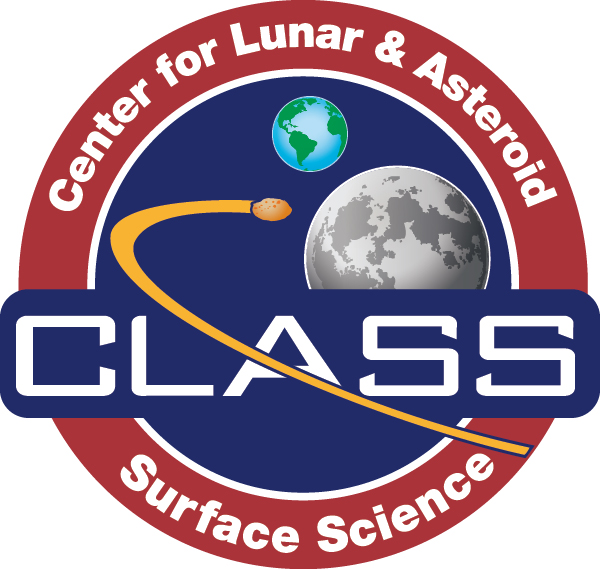Presentation
Motivations
Thermal modelling in planetary sciences has experienced an extraordinary growth in the last ten years, as new thermal infrared data became available for hundreds of thousands of asteroids, comets, moons, transneptunian objects and dust in our Solar System. Infrared radiation is also commonly used to study exoplanets and protoplanetary discs around other stars. Instrumentation advances now allow infrared interferometric observations as well as high-accuracy spetro-photometry, posing their own set of thermal-modelling challenges. This meeting, based on the concept of the first TherMoPS in Beaulieu sur Mer, France, September 15-17, 2008, see https://www-n.oca.eu/thermops/, will expand on the new challenges for thermophisical models. With the participation of 41 worldwide experts in the field, TherMoPs was a forum that made an update of all aspects involved in the thermal modelling of solar system objects, from observations to theory, including laboratory work. Six years later, it is time to review all these aspects in light of the huge amount of data produced by WISE, Herschell and Spitzer telescopes, and the perspective of using ALMA and JWST and thermal instruments in space probes like BepiColombo or OSIRIS-Rex for planetary research.
Aims
This meeting will be an opportunity to discuss applications and perspectives of thermal models in planetary science. The focus will be on small solar system bodies, such as Jupiter trojans, km-sized main belt asteroids, cometary nuclei, trans-neptunian objects. However, we also plan to devote some time to topics such as thermal modelling and thermal infrared observations of discs and disc debris. Synergies between the latter topics and research on asteroids with very porous surfaces and comets may prove to be very important, and this will constitute a favourable context to learn more about ALMA. Other topics will include future lines of research, open questions, and new frontiers of thermal modelling of data that were acquired and will be acquired in the near future in the mid and far IR, e.g., with Herschel, Planck, JWST, WISE, ALMA, TPF, etc., and with thermal instruments in space missions to Solar System bodies (e.g., MIRO and VIRTIS@Rosetta, MERTIS@BepiColombo, OTES@OSIRIS-Rex, Hayabusa II, Spica).
Contact: jlicandr@iac.es

